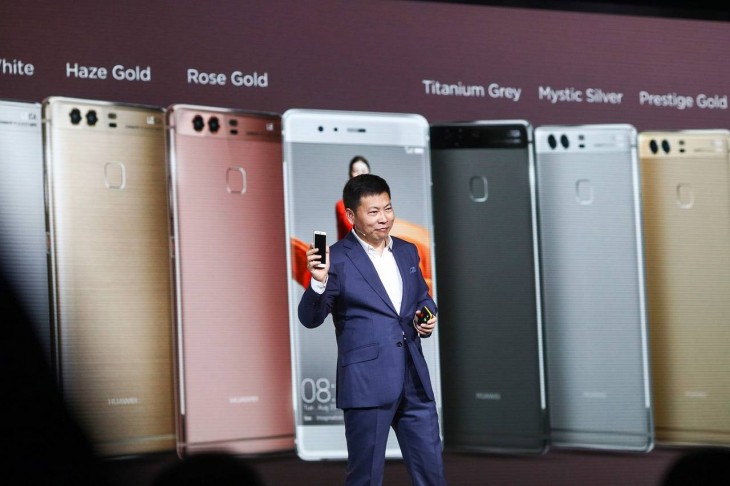
Huawei has unveiled its latest smartphones overnight in London, as the company makes clear it wants to take on Apple and Samsung directly. The Huawei P9 and Huawei P9 Plus are designed to make everyone sit up and take notice. During the presentation, Huawei’s Richard Yu showed how the new P9 compares favourably with Apple’s iPhone 6s and Samsung’s Galaxy S7.
The basic model (if it can really be called that) Huawei P9, features a 5.2″ display and comes with either 32GB or 64GB storage, with 3GB or 4GB RAM respectively.
The larger phone, Huawei P9 Plus, comes with a 5.5″ display, 64GB storage (the only option), and 4GB of RAM.
Each device is powered by Huawei’s own Kirin 955 octactore CPU, said to really up the ante against the competition.
In terms of availability, we don’t have Australian plans just yet. However, Huawei has said that the phones will go on sale from 16 April in at least 29 markets, including China, many European countries and the Middle East. Curiously, Huawei has said nothing about launching the phones into the US market, where it has other models available.
One of the standout features is the dual-lens camera created by Huawei in collaboration with German camera experts Leica. We’re told that with these two lenses, the P9 camera can take images with better depth, detail and colour, taking in up to 270% more light than Apple’s iPhone 6s, and 90% more than Samsung’s Galaxy S7 (which already takes in quite a lot). Those are some pretty big claims.
Here’s a video that goes into more detail about the camera features:
The other standout is the price; Huawei wants to sell these at a more affordable entry price to grab market share, and it’s made no secret about this. With prices starting at EUR 599 (which is around AUD $899 before taxes etc), the savings aren’t enormous, but they are there — Samsung’s Galaxy S7 and Apple’s iPhone 6s both start around the $1100 mark.
There’s quite a range of colour when it comes to these devices, too, and you can see a hint of them below. The colours will include a “ceramic white” finish, which Huawei also describes as “pure white,” “super high glossy,” and “a work of art,” but there are quite a few different colour options including Haze Gold, Rose Gold, Prestige Gold, Mystic Silver, and Titanium Grey … but no actual black, if that’s how you like your phones.
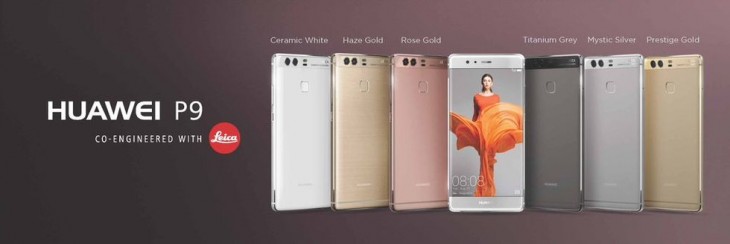
Once we’ve had the opportunity to see more of the Huawei P9 and P9 Plus, and once we know what the company’s plans are for an Australian launch, we’ll let you know.
For now, here’s the specs on the two models:
| Huawei P9 | Huawei P9 Plus | |
|---|---|---|
| Display | 5.2-inch IPS LCD, 1920×1080 | 5.5-inch Super AMOLED, 1920×1080 |
| Processor | Kirin 955 octacore 4xA72 + 4xA53 |
|
| Storage/RAM | 32GB/3GB or 64GB/4GB | 64GB/4GB |
| OS | Android 6.0 with EMUI 4.1 | |
| Rear cameras | Dual 12MP (monochrome + color) 1.76-micron pixel equivalent Leica certification |
|
| Front camera | 8MP | |
| Connection | USB-C | |
| SIM/SD | Dual SIM in Asia single SIM with microSD (128GB) in Europe |
|
| Battery | 3,000 mAh | 3,400 mAh |
| Dimensions | 145 x 70.9 x 6.95mm | 152.3 x 75.3 x 6.98 mm |
| Weight | 144g | 162g |
| Security | Fingerprint | |
| Price | €599/€649 | €749 |
| Other | Infrared, stereo speakers | |


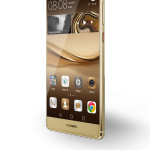

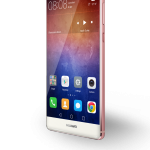
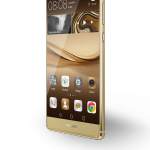
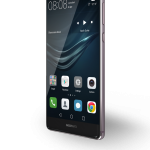
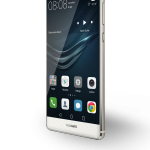



Looks ok , pity Huawei didn’t put the screen out of the 6P in the P9 plus, 1080p screen kills all interest from me.
It all looks very nice and it’s good to see a good sized battery in such a slim phone but, at over $1100 for the 5.5″ version, it’ll be waaaaay out of my reach.
Sounds interesting and a possible replacement for my nexus 5x. Looks like we won’t get the SD card option which is a shame. I wonder how someone decides people in Europe want SD instead of dual SIM?
Usually Huawei has MicroSD in both single and dual SIM models.
The Single SIM is SIM + MicroSD Slot
The Dual is either SIM + SIM OR SIM + MicroSD. The secondary slot being dual use for one or the other but not both at the same time.
Re: Dual SIM, it’s much more common in Asia and the demand is higher in the open market. As an operator driven market in Australia/Europe the carriers decide what gets sold and they are not in the habbit of selling something that is designed to use a competing network.